Meet Australia's Gorgeous 'Punk Turtle' And The Passionate Conservationist Saving The Species
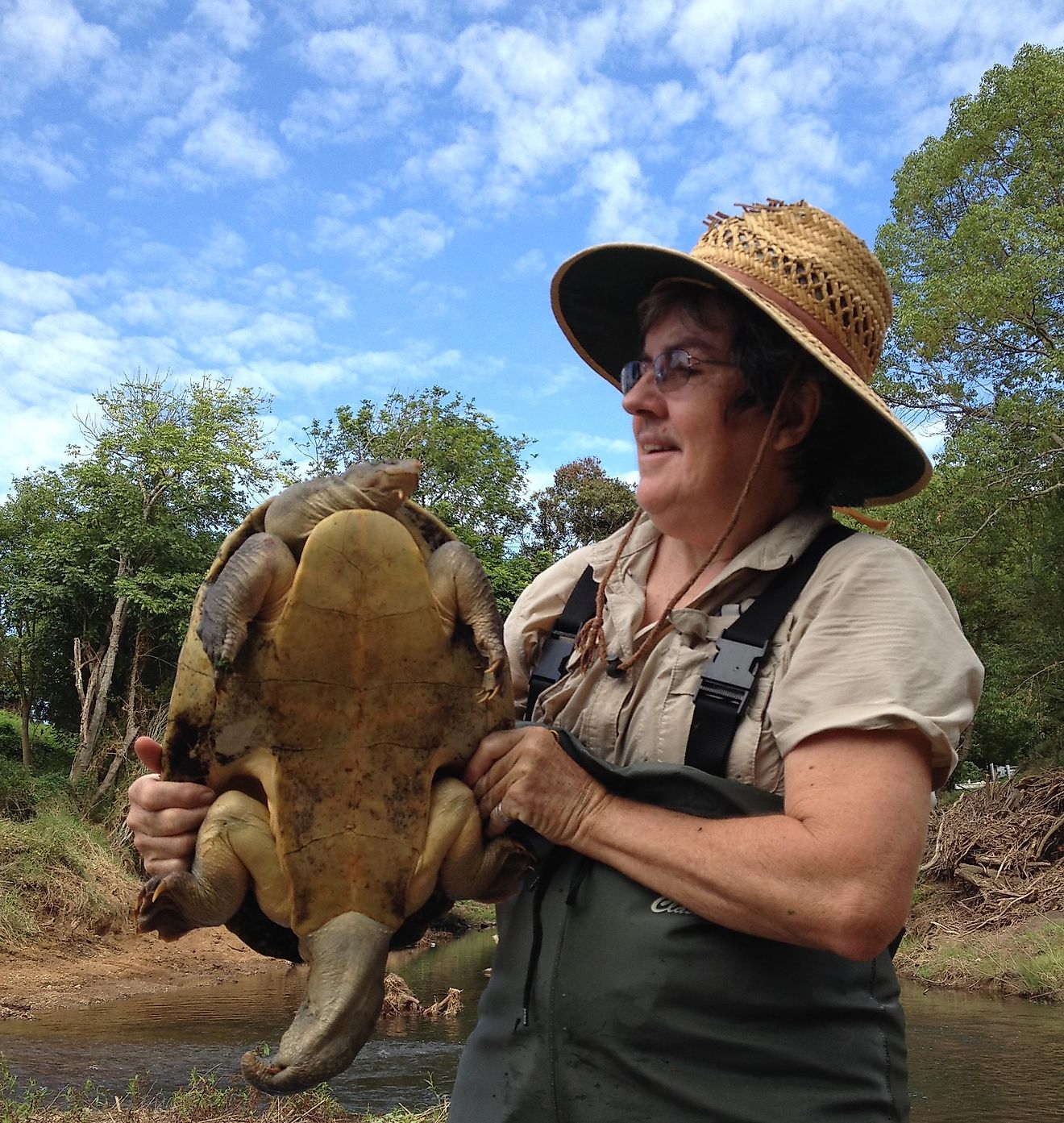
A turtle that has survived millions of years on planet Earth is currently on the brink of extinction - and we are to blame for that. The Mary River turtle (Elusor macrurus) is the only species in its genus and the Mary River system in Queensland, Australia, is the only place in the world where it is found. The species is currently listed as "Endangered" by the IUCN and the Australian government. In the 1960s and 70s, hatchlings of this turtle were sold as "penny turtles" in Australia's pet shops. Today, although protected by law, the hatchlings continue to suffer from other threats that put the future of the species at risk. Conservationists like Marilyn Connell are, however, determined to save the Mary River turtle. Until the late 1990s, Connel was unaware of the existence of the species but today, she is leading the Mary River Turtle Conservation Project operated by the Tiaro and District Landcare Group in Queensland’s Tiaro district.

"In the late 1990s, Samantha Flakus, a Master’s student, accompanied me on a canoe trip down the Mary River. I was doing a botanical assessment of riparian vegetation. She was researching the Mary River turtle – a species I didn’t know existed despite its size (one of the largest in Australia) and that it lived at my doorstep and that of my ancestors. It had evaded discovery by science until 1994, which gave rise to its scientific name, Elusor, the elusive one. Being found in no other river system in Australia or the world meant its survival depended on us. Learning from Samantha that the nesting population had plummeted by 95% since the 1970s spurred the local Tiaro community and me into action," Connell informed World Atlas.
In 2001, Connell began her journey to safeguard the future generations of the rare and elusive Mary River turtle. With active participation from the enthusiastic local community, Connell and her team members were soon able to make significant progress.
The team's work was well-recognized. Since 2010, Connell has received $44,000 in funding from the Mohamed Bin Zayed Species Conservation Fund to protect the endangered turtle. In 2010, she was also awarded a Winston Churchill Fellowship to study community turtle conservation projects in other parts of the world.
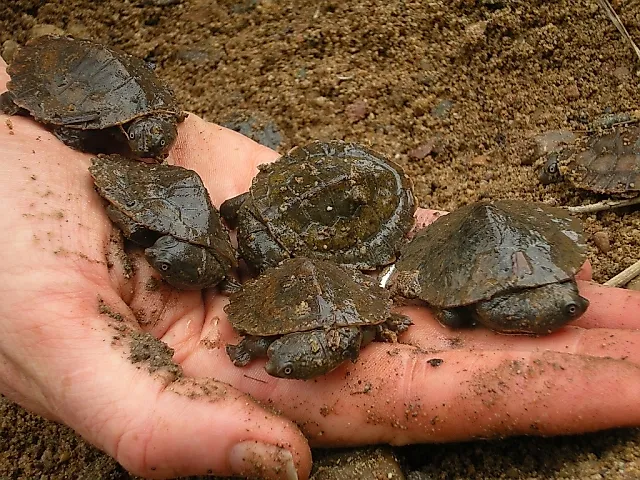
According to Connell, predation of eggs and hatchlings of the Mary River turtle by introduced European fox, wild dogs, and lace monitors are the biggest threat to the species today. A significant unknown in-stream threat also exists.
"There are very few immature turtles, less than 20 years old, in the river, and we don’t know why," she said. For a species that takes an exceptionally long time to reach sexual maturity (around 20 years), the above fact is definitely a cause of worry.
The Mary River turtle is one of the largest freshwater turtles in Australia. Males of this species have a uniquely long and very fat tail that is even larger than a man’s wrist. The species also has a very ancient lineage. One has to go back about 50-60 million years to find its closest living ancestor. Only one turtle in Australia is more ancient.
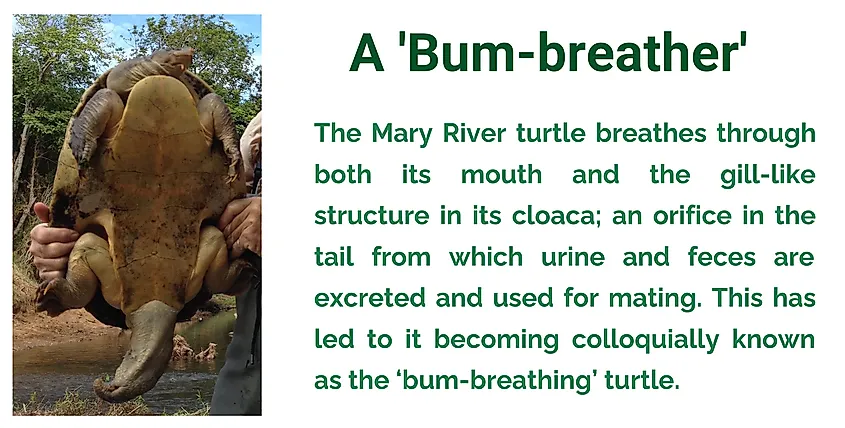
Connell also mentioned other intriguing facts about the Mary River turtle: "The Mary River turtle takes in oxygen in two ways - through its mouth when it surfaces and through the gill-like structure in its cloaca; an orifice in the tail from which urine and feces are excreted and used for mating. This has led to it becoming colloquially known as the ‘bum-breathing’ turtle. Researchers found a hatchling can remain underwater for 2.5 days without coming to the surface to breathe air – having to move less frequently through the water column is a great survival strategy. On occasions, Mary River turtles have also been found with a crop of algae growing on their head, and such photos captured by an enthusiastic snorkeler led to the species becoming known as the punk turtle," she said.
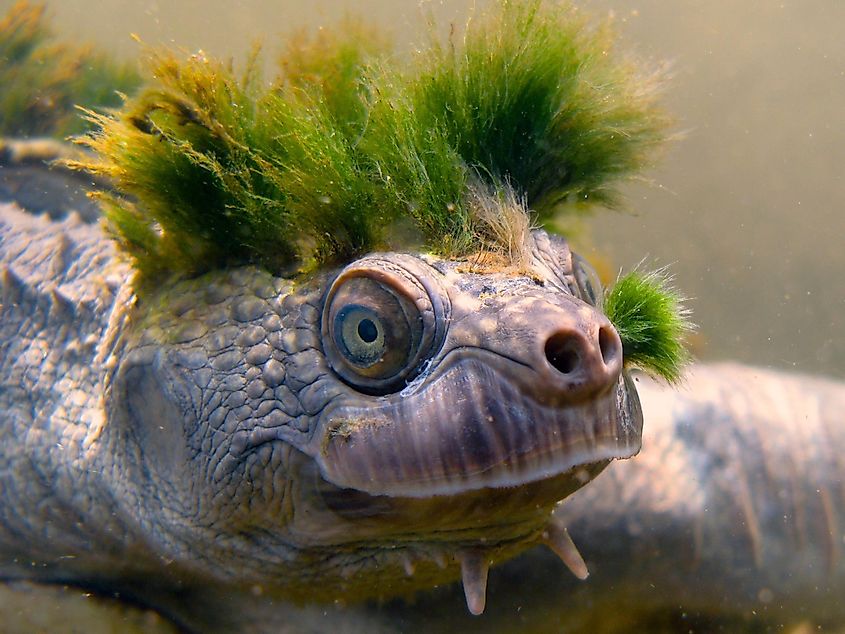
Currently, Connell and her team are striving hard to protect the hatchlings of the species.
"Each nesting season since 2001, individual nests have been protected. This requires very early morning visits to known nesting banks to protect the nests before any predators arrive looking for their morning feast of eggs," mentioned Connell.
She is also working on a recently launched research project in collaboration with researchers from Charles Darwin University to investigate the in-stream threats to these turtles.
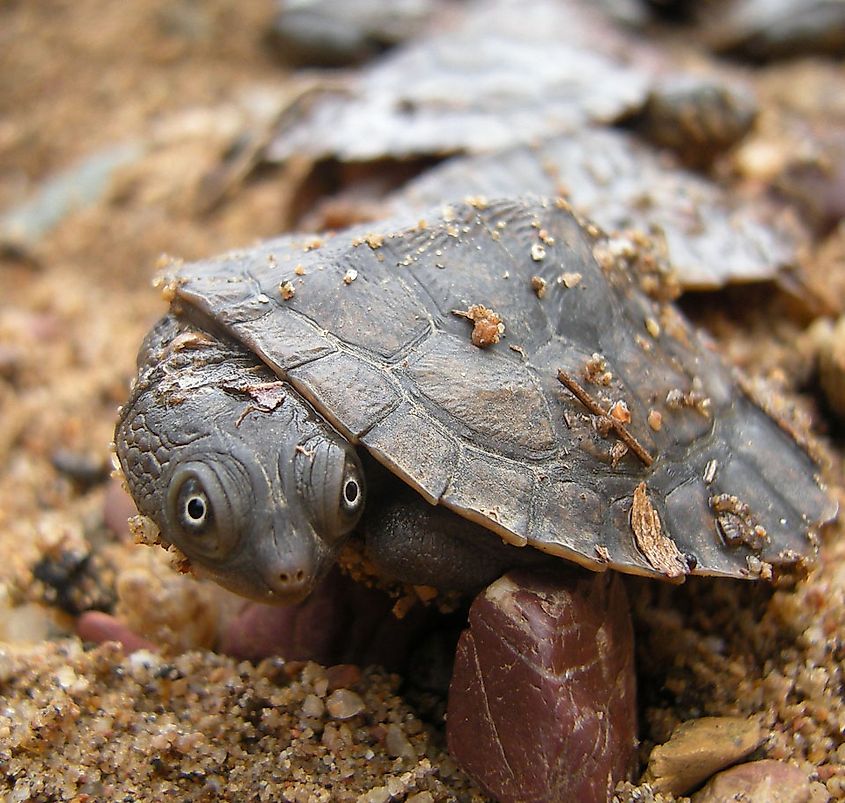
Like every other species in nature, the Mary River turtle also plays a significant role in the riverine ecosystem where it occurs. Its survival would be a victory for all other species sharing its aquatic habitat. Protecting the turtle is the same as ensuring the health of the river system where it lives and that, in turn, is beneficial for the health and well-being of humans dependent on the Mary River for their requirements.
Conservationists like Connell are there to remind us of the need to protect species like the Mary River turtle that are yet to get the attention they deserve from the world.
"How tragic would it be for such an ancient species to become extinct on our watch? The world would lose not just a species but a whole genus of turtles," Connell sends an important message to the world.











